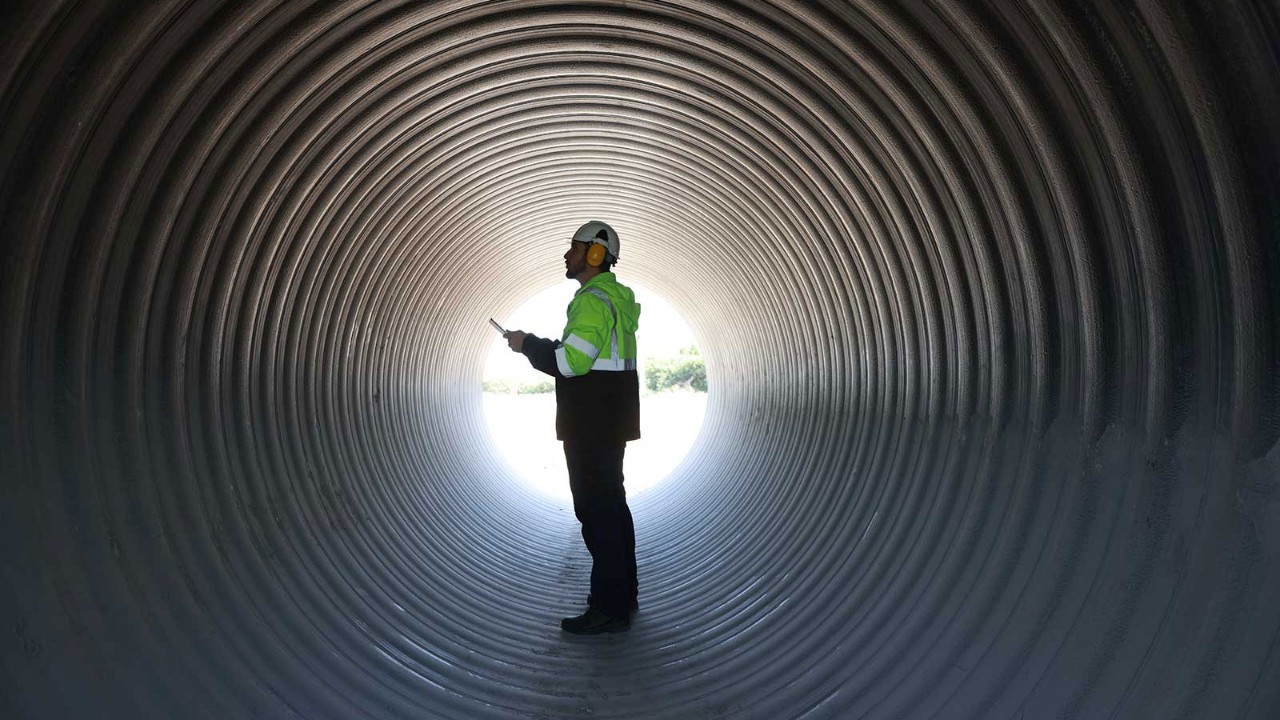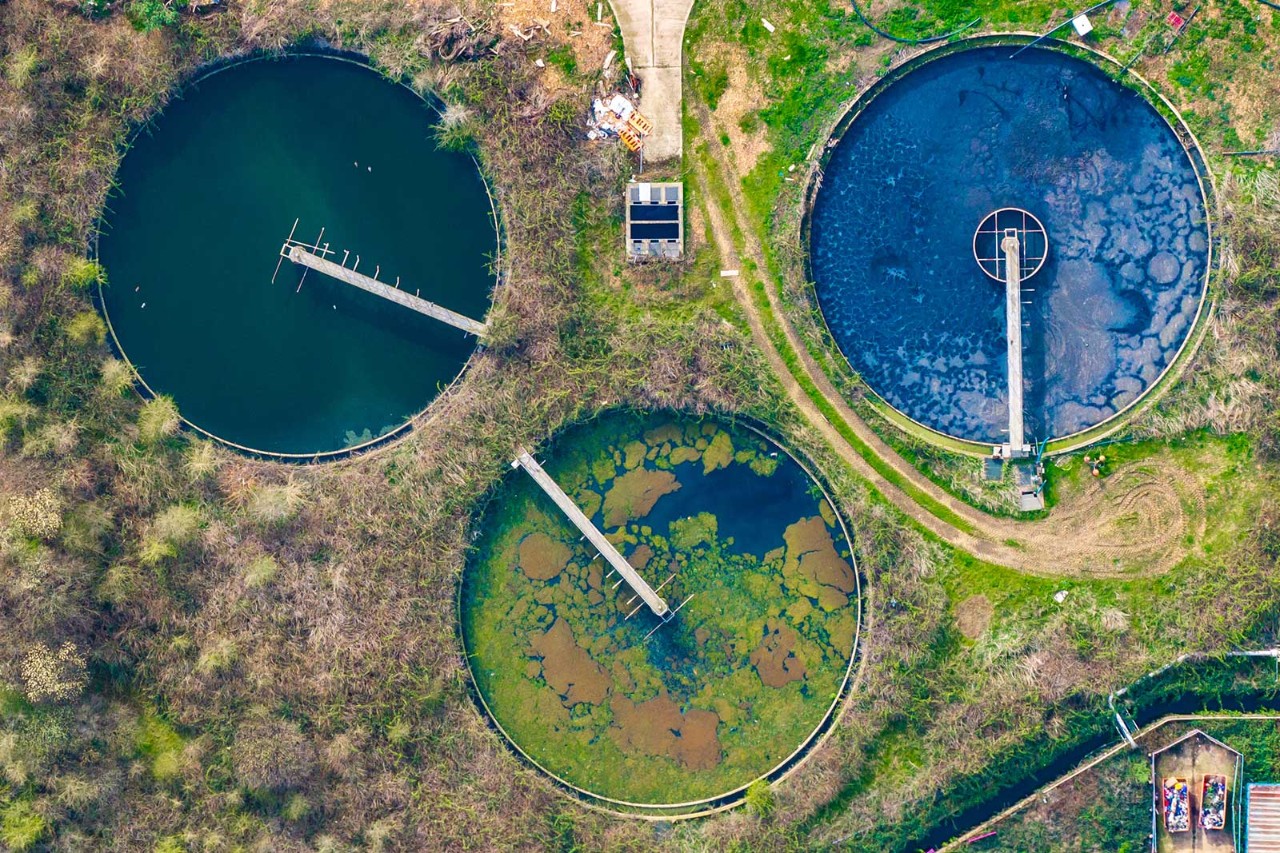
Asia-Pacific (APAC) businesses are changing how they approach sustainability reporting. Rather than just ticking compliance boxes, they now use sustainability practices to gain a competitive edge and drive business growth.
According to the C-suite barometer: outlook 2025 report from Forvis Mazars, there has been a marked transition from standalone environmental, social and governance (ESG) reports to integrated financial and sustainability reporting. The survey reveals that 54% of APAC companies now incorporate sustainability metrics within their financial reports, up from 40% in 2024. Correspondingly, standalone sustainability reporting has decreased from 73% to 44% during the same period.
‘Firms are embedding sustainability goals into their core business strategies’
Direct impact
The change reflects a maturing approach to sustainability. While more than half of APAC executives still see sustainability initiatives as a cost centre, companies are increasingly focusing on material issues that directly impact their business operations and stakeholder value, rather than producing broad compliance-driven reports.
‘In APAC’s increasingly competitive environment, integrating sustainability and financial reporting is not just about compliance; it’s a strategic opportunity to differentiate, build trust and drive long-term value,’ says Kee Yin Lai, partner, technology, digital and sustainability consulting at Forvis Mazars.
The connection between financial success and sustainability has become clear at the board level, fundamentally reshaping corporate strategy. ‘Firms are embedding sustainability goals into their core business strategies, ensuring long-term resilience,’ says Mian Wong, director of advisory at Grant Thornton Hong Kong.
‘Businesses are moving from reactive compliance to proactive value creation’
This strategic shift has led to concrete organisational changes. Companies are establishing dedicated sustainability committees, implementing robust tracking systems and linking executive compensation to environmental and social performance metrics. As Mian Wong notes, ‘Businesses are moving from reactive compliance to proactive value creation.’
Regulatory changes and economic realities are speeding up the integration of sustainability into business operations. The European Union’s Shareholder Rights Directive II has set a global precedent, while emerging frameworks across Asia are pushing companies to align their ESG disclosures with financial reporting. In Singapore, although integrated reporting remains voluntary, more companies are choosing this path to give stakeholders a fuller picture of their business, according to Lai.
Materiality matters
Identifying material sustainability issues has become a critical success factor for organisations. ‘Leading companies in APAC adopt a structured approach that balances internal priorities with stakeholder expectations,’ says Lai.
The materiality assessment begins with comprehensive stakeholder engagement. Companies consult investors, regulators, customers and employees to identify ESG issues relevant to creating value.
Organisations then conduct a dual-materiality assessment: examining both their impact on environmental and social factors, and how sustainability issues affect their financial performance. This analysis encompasses risks and opportunities that influence investor decisions, regulatory compliance and profitability.
The final step is to compare key material issues against both enterprise risk assessments and established frameworks such as the Global Reporting Initiative and the Sustainability Accounting Standards Board.
‘By aligning with these guidelines, companies can benchmark their practices against industry standards and ensure they are addressing issues that matter to stakeholders,’ says Ricky Cheng, director and head of risk advisory at BDO Hong Kong.
‘Supply chain resilience is seen as a key material issue’
Companies also study their peers’ sustainability practices, learning from common challenges and innovative solutions within their industries. ‘Peer benchmarking reflects the ground realities of peer companies, and the internet and industry associations mean that information is widely and easily available,’ says Bennett Wong, RSM Singapore’s ESG advisory practice lead.
The competitive analysis doubles as an early-warning system for emerging trends and risks. ‘This helps in recognising potential risks and highlights opportunities for collaboration,’ says Cheng.
Securing supply chains
Amid escalating trade tensions and economic uncertainty, supply chain sustainability has emerged as a critical focus for business leaders across APAC. The Forvis Mazars report reveals that 36% of APAC businesses cite supply chain stability as their primary growth constraint, significantly exceeding the global average of 26%.
The intersection of sustainability and supply chain resilience has become particularly pressing. ‘Supply chain resilience – emphasising ethical sourcing and fair labour practices with a focus on diversity, inclusion and human rights – is seen as a key material issue,’ says Bennett Wong.
As the region grapples with increasingly extreme weather events and regulatory pressures, climate change and decarbonisation remain top-of-mind among corporations.
The regional focus mirrors global trends: PwC’s analysis of the first 100 EU Corporate Sustainability Reporting Directive reports in 2025 shows European companies prioritising climate action, workforce wellbeing and ethical business conduct as material to their operations and stakeholder concerns.
‘Physical risks such as flooding and heatwaves are having a direct impact on supply chains’
‘It reflects a holistic approach to sustainability and an awareness of their material impacts on society and the environment,’ says Kanus Yue, PwC China’s sustainability disclosure and consulting lead partner.
New openings
Across APAC, companies face distinct sustainability challenges. ‘Resource scarcity, particularly water and energy, is a material issue in economies like China and Japan, where industrial demand is high,’ says Lai. ‘In South-East Asia and India, physical risks such as flooding and heatwaves are having a direct impact on supply chains.’
While pressure to cut greenhouse gas emissions continues to mount, falling costs of renewable technology are opening up new doors. Bennett Wong says Asian businesses can now profitably supply clean electricity to power grids. ‘These developments open up options and allow businesses in Asia to manage their Scope 1 and 2 emissions much more feasibly,’ he adds.
Ultimately, materiality must support business continuity and long-term viability, according to Bennett Wong. ‘Companies must continue to listen to their stakeholders for what is considered sustainable and what drives value for the company,’ he adds. ‘It is also crucial to recognise that the opinions of stakeholders are not timeless and will evolve.’


